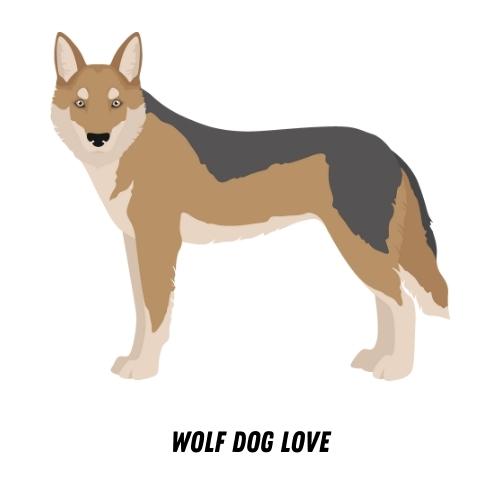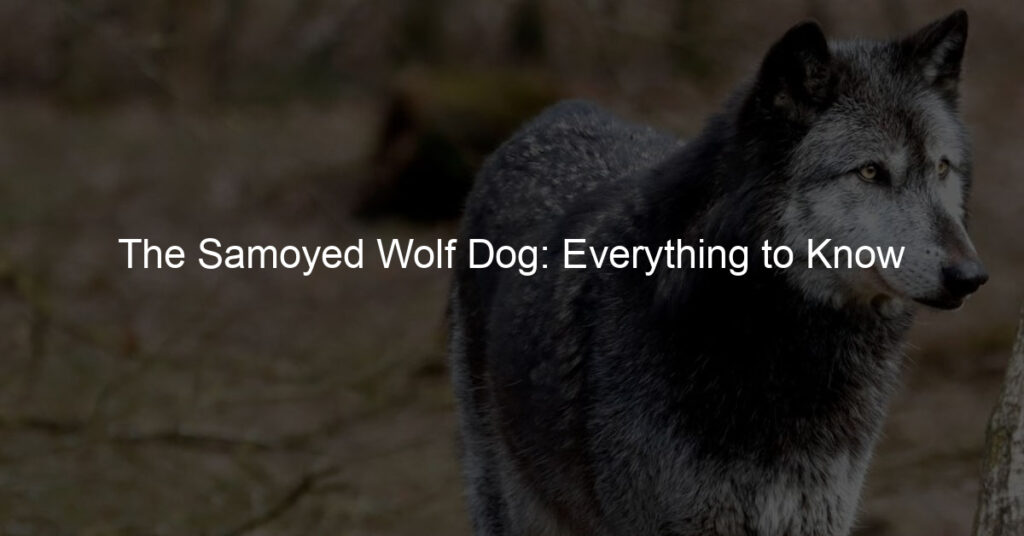The Samoyed is a cheerful dog with a mild temperament. They’re intelligent, affectionate and outgoing. However, they can be shy around strangers and react negatively to petting or unwanted attention. This is due to the breed’s natural distrust of people that was passed down from the original Samoyeds who lived in Siberia.
However, if you show your Samoyed lots of love and patience, they’ll repay you with loyalty and friendship – for life!
These dogs are great at getting along with other pets, including other dogs. They should be introduced at a young age so they can learn how to get along with other animals without fear or resentment. But if your Samoyed doesn’t get along well with other dogs, it’s probably best to find another canine friend who shares their similar personality rather than risk developing into an aggressive rivalry.
What is special about Samoyeds?
The Samoyed is a highly intelligent and inquisitive dog with a long lifespan – up to 15 years. They’re typically in good health and can live outside as they have gentle, low-maintenance coats that are easy to care for. They also require minimal grooming.
Samoyeds excel in agility, obedience, herding and competitive obedience events. Additionally, they’re great companions because they’re outgoing and affectionate but don’t require lots of exercise. Still not convinced? The Samoyed is one of the few breeds that doesn’t shed significantly so you won’t be cleaning up hair all over the house.
The ardent lover of Nordic countries, this breed spends much of its time outdoors where it has evolved into a wolf-like creature!
Does the Samoyed have wolf DNA?
The Samoyed is a cross between the Greenland and Siberian Huskies. The breed has wolf-like characteristics, but they’re not pure wolves, according to some experts. These dogs are bred by people who want a loyal companion with a high energy level and intelligence.
In fact, the name of the original Samoyed was “Samoeyed” which means “wolf-dog.” It’s believed that the original Samoyeds were used as hunting dogs in Siberia before they were domesticated. They also were hunters themselves and became part of the tribe.
Today, many people still use their Samoyed as pets. If you want to check out this amazing dog breed for yourself, visit your local animal shelter!
How close is a Samoyed to a wolf?
A Samoyed is a crossbreed of a Siberian Husky and Alaskan Malamute. They were bred to be able to survive in conditions that were too harsh for standard Huskies and Malamutes. They’re close enough in appearance to wolves that they have been called “wolf dogs.”
A Samoyed looks like a wolf with the long body, pointy muzzle, dense fur, erect ears and adorable face. The similarity is clear when you see one of these dogs standing next to a wolf.
In fact, the first Samoyeds found by Russians near the Arctic Circle looked more like wolves than dogs.
To further prove this theory, there are more than 60 recognized types of Samoyeds that vary not only in size but also in color, coat length and markings. Wolves can’t get beyond 25 degrees Fahrenheit without their fur turning white; thus, the Siberian Husky was selected as the parent breed because it has a double coat that protects them from freezing temperatures. This provided more protection than Malamutes who only have one layer of fur.
Are Samoyeds difficult to own?
Some Samoyeds can be difficult to own because they’re wary of strangers, but the breed’s intelligence and love of people makes them a great companion. They’re very affectionate with their owners and enjoy being around children and other pets.
The temperament of the Samoyed is sometimes characterized as aloof or antisocial. But, that doesn’t mean they don’t like people – they just might not want to be bothered by them!
Although this breed may seem intimidating at first, they are actually quite sweet and lovable once you know how to handle them.








